There’s nothing like making homemade dashi stock from katsuobushi and konbu. It takes roughly 10 minutes of active prep and 20 minutes of active ‘cooking’. Compare that to the all day cooking of traditional beef and chicken stocks, and you can’t really complain that it ‘takes too long’. Because it doesn’t. Dashi is full of umami and has a wonderful, yet delicate aroma that Japanese cuisine so often embodies. Here’s how I make dashi from scratch.
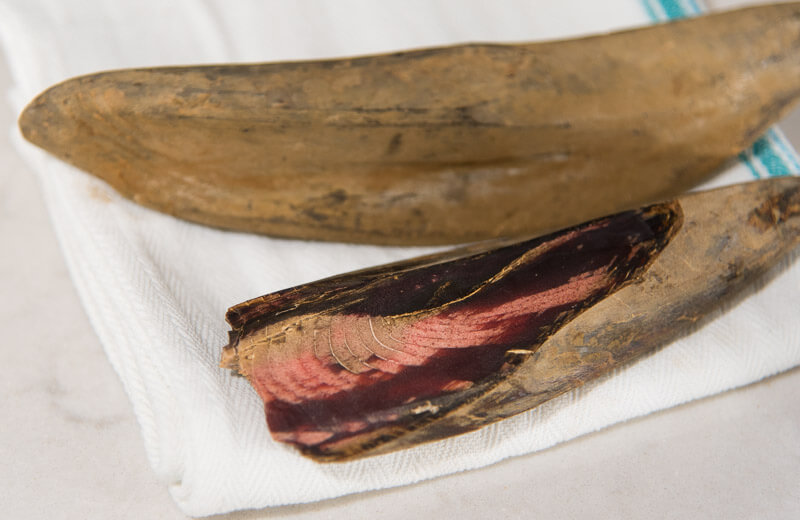
What is Dashi stock(出汁)?
Dashi stock can be made from many different ingredients.
Some of the ingredients used vary depending on the region, but today we’ere going to talk about dashi made with konbu (昆布) and katsuobushi (鰹節).
Konbu is kelp that comes in a dried form.
The majority of konbu in Japan is produced in Hokkaido, the Northern part of Japan. Read more about konbu in this article.
Katsuobushi is also a dried, smoked, fermented skipjack tuna that generall comes in 4 sections.
The fish is cut the long way into quarters, so that is why you end up with different shapes of dried katsuobushi blocks. Read all about katsuobushi here.
These two ingredients are full of flavor and umami and are the base of the stock we will be making below.
Premade Dashi Stock
You can buy premade dashi liquid, powdered packs or the powder (だしの素 – dashi no moto ) to make your broth.
That is the quickest way to ‘make’ dashi if you’re short on time.
You’ll have your stock ready in less than 5 minutes.
However, if you have an extra 20-30 minutes to spare or plan ahead, you may want to try making it from scratch.
Like anything made from scratch, the flavor will be as good as it gets.
E.g. Comparing instant chicken broth to a broth that was made from a chicken carcass and fresh vegetables just won’t taste the same.
Now I know not everyone can tell the difference, and there’s nothing wrong with that.
I admit sometimes I can’t tell the difference.
So why bother?
Well, if you want a solid quality dashi, you’ll want to make it from scratch.
After all, your final dish will only be as good as the ingredients you put into it. Right?
So first we’ll talk about making ichiban dashi (一番だし), which is the first extraction from the konbu and katsuobushi.
Ichiban dashi (一番だし)
Ichiban dashi is the first extraction of konbu and katsuobushi. Literally translated, number one dashi.
It can be used to prepare dishes where you want to maintain the the flavor of konbu and katsuobushi.
The first extraction has a delicate and unique flavor on it’s own, so you don’t want to adulterate or muddy it by adding too many or the wrong kind of ingredients to the mix.
Hence, some of the uses for ichiban dashi include:
- suimono 吸い物 (soup)
- chawanmushi 茶碗蒸し (custard)
- ozoni お雑煮 (soup for New Year’s)
- mentsuyu めんつゆ (noodle soup base)
Niban dashi (二番だし)
The flavor of niban dashi is not as robust as ichiban dashi. Literally translated, number two dashi.
You can tell most of the goods were extracted on the first pass.
But there’s still some goodness in the katsuobushi and the konbu.
So that’s the purpose of doing a second extraction. You can also add oikatsuo (追いかつお) to add additional flavor to the broth.
Niban dashi isn’t as much about the flavor of the konbu and katsuobushi.
It’s more so about getting the umami from the katsuobushi and the konbu.
So, it has different uses.
- nimono 煮物 (simmered foods like stews, fish, meat, vegetables)
- misoshiru 味噌汁 (miso soup)
You don’t have to stick hard and fast to this ‘rule’.
Some people use ichiban dashi for nimono and misoshiru, while others think it’s an absolute waste of dashi flavor to use it in those dishes.
I don’t make suimono or chawanmushi that often, so the primary use of ichiban dashi for me, is mentsuyu.
Try making both and decide for yourself how you want to use it!

In the video below, I walk you through making both ichiban dashi and niban dashi.
Let me know what you think!
PrintHow to Make Dashi Broth (Japanese katsuobushi and konbu stock)
There’s nothing like making homemade dashi stock from katsuobushi and konbu. It takes roughly 10 minutes of active prep and 20 minutes of active ‘cooking’. Compare that to the all day cooking of traditional beef and chicken stocks, and you can’t really complain that it ‘takes too long’. Because it doesn’t. Dashi is full of umami and has a wonderful, yet delicate aroma that Japanese cuisine so often embodies. Here’s how I make dashi from scratch. This recipe prepares 1 Liter of Ichiban dashi and 500mL of niban dashi.
- Prep Time: 5 minutes
- Cook Time: 20 minutes
- Total Time: 55 minutes
- Yield: 1.5 liters 1x
- Category: multipurpose
- Cuisine: Japanese
Ingredients
Ichiban dashi (first dashi)
- 10 grams katsuobushi flakes
- 10 grams konbu
- 1 liter water
Niban dashi (second dashi)
- all of the used katsuobushi (from ichiban dashi extraction)
- all of the used konbu (from ichiban dashi extraction)
- 5 grams katsuobushi flakes (optional)
- 500 ml water
Instructions
Ichiban dashi (first dashi)
- Using a medium sauce pan, soak the konbu for a minimum of 30 minutes.
- After soaking, bring the konbu stock to barely a boil and remove from the pot. Reserve for niban dashi.
- Turn the heat up until the konbu stock begins to boil, add in the katsuobushi flakes and turn heat back down to low.
- Simmer for 3-6 minutes.
- Strain the katsuobushi using a paper towel lined mesh strainer, coffee filter, or nutmilk bag. Do not squeeze the katsuobushi.
- You now have ichiban dashi!
Niban dashi (second dashi)
- Return the katsuobushi back to the pot.
- Add 500mL of water and add back the same konbu used before. Optional: add 5 grams of new katsuobushi, also known as oikatsuo
- Bring the liquid to a just about to boiling, and just as it begins to boil you turn the heat to low and allow to sit at least 5 minutes.
- After that time has passed, strain as before, but this time you can press against the katsuobushi.
- Now you have niban dashi!
- You can reuse the used katsuobushi to make furikake and you can reuse the konbu to make tsukudani, so don’t throw either away!
Notes
If you boil the konbu you risk extracting the bitter compounds from the konbu. It’s important never to boil the ichiban or niban dashi or you risk making the dashi cloudy as well as extracting the bitter/unwanted flavors.


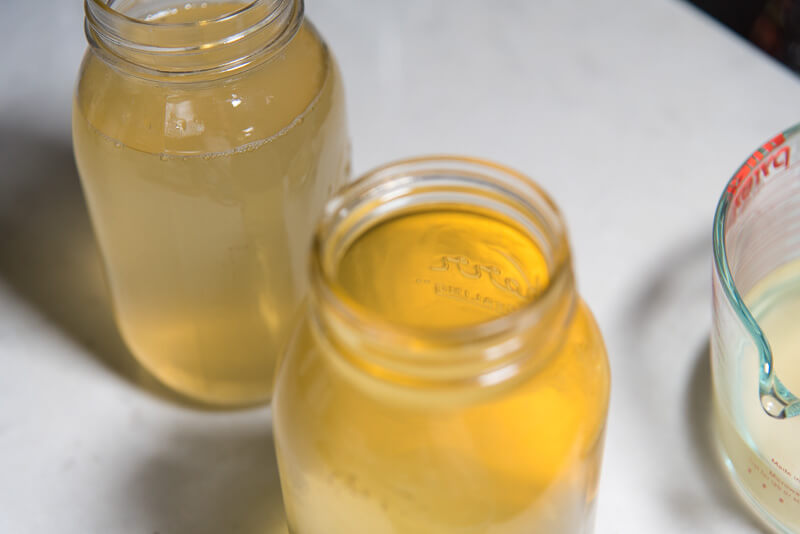

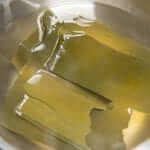
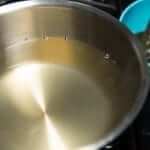
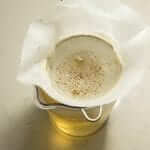
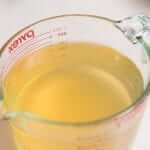



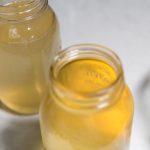



Konnichiwa! (Hello!) I'm Pat Tokuyama, a Japanese tofu cookbook author, who travels for music, food, and adventure. If you like Japanese tea, checkout some of the newestorganic japanese tea, matcha bowls and noren and more!
** Curious about the Plant Based Japanese Cooking Club? ** Learn more here!